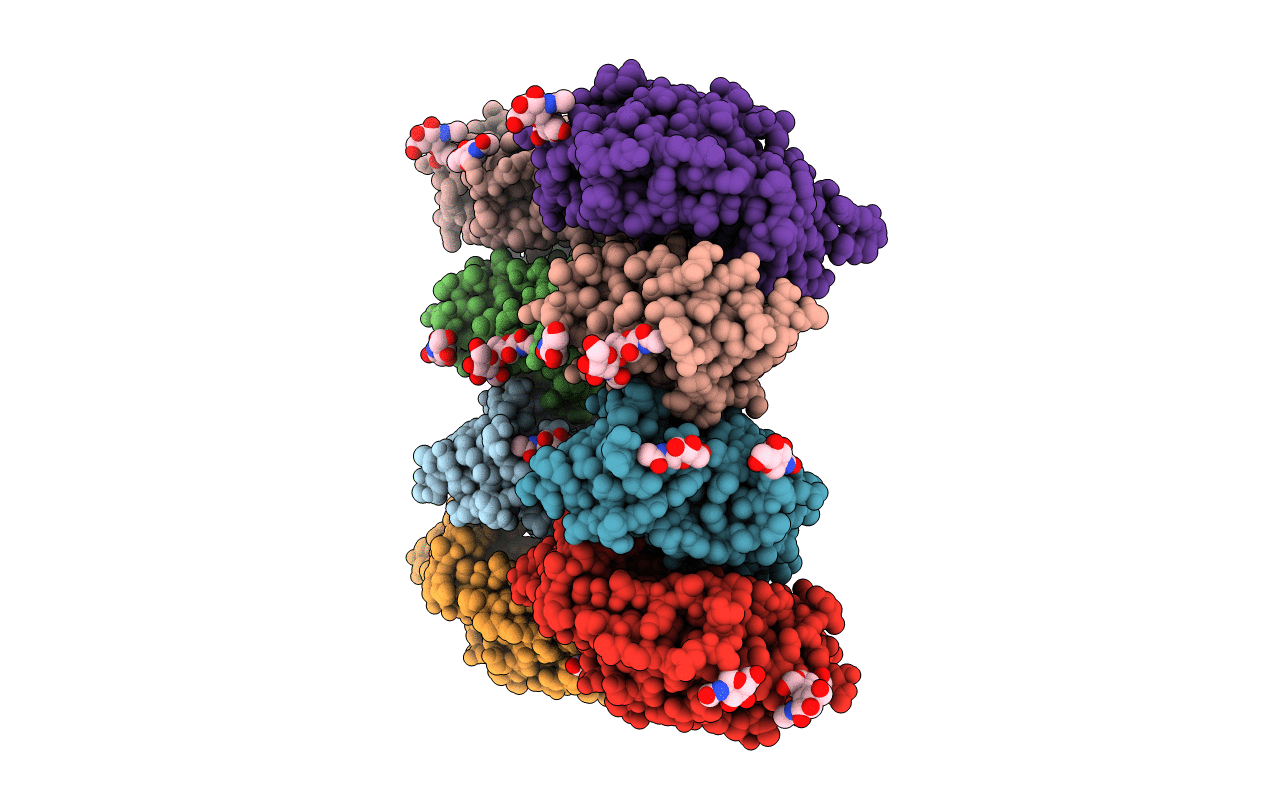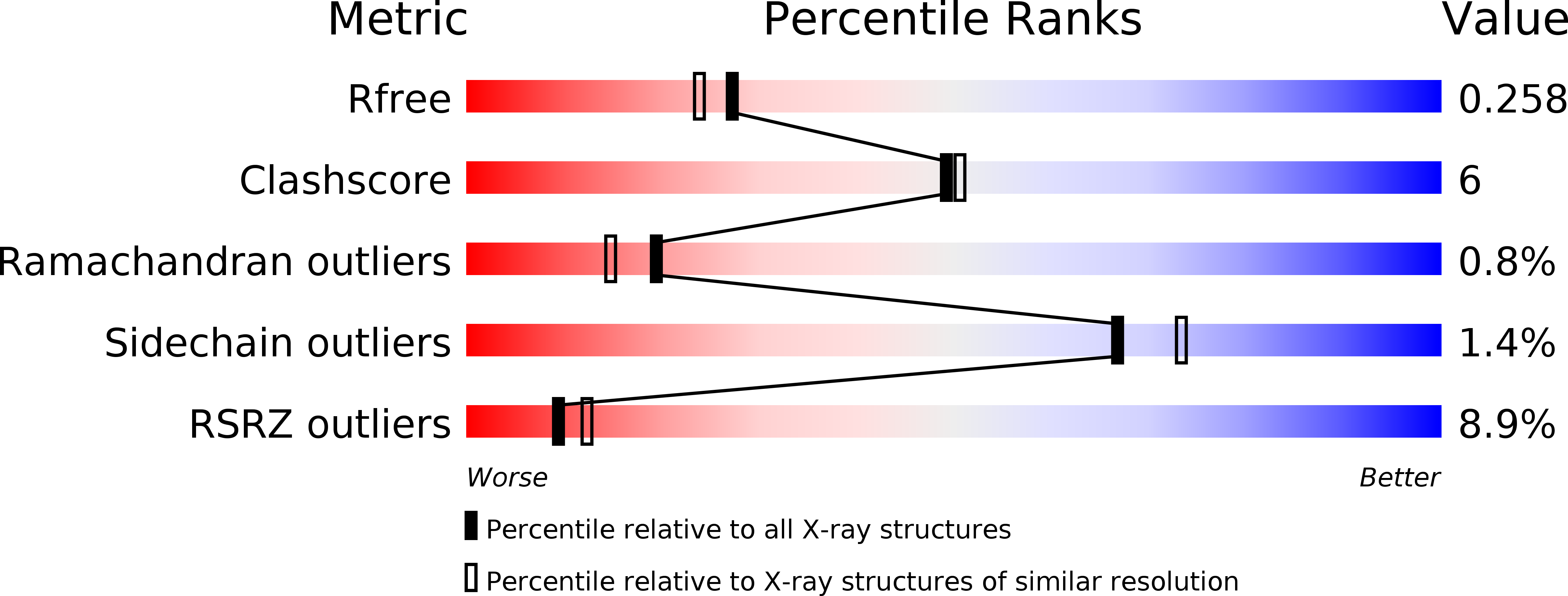
Deposition Date
2017-04-16
Release Date
2017-05-10
Last Version Date
2024-10-09
Entry Detail
PDB ID:
5XGR
Keywords:
Title:
Structure of the S1 subunit C-terminal domain from bat-derived coronavirus HKU5 spike protein
Biological Source:
Source Organism:
Bat coronavirus HKU5 (Taxon ID: 694008)
Host Organism:
Method Details:
Experimental Method:
Resolution:
2.10 Å
R-Value Free:
0.25
R-Value Work:
0.21
R-Value Observed:
0.21
Space Group:
P 1 21 1


